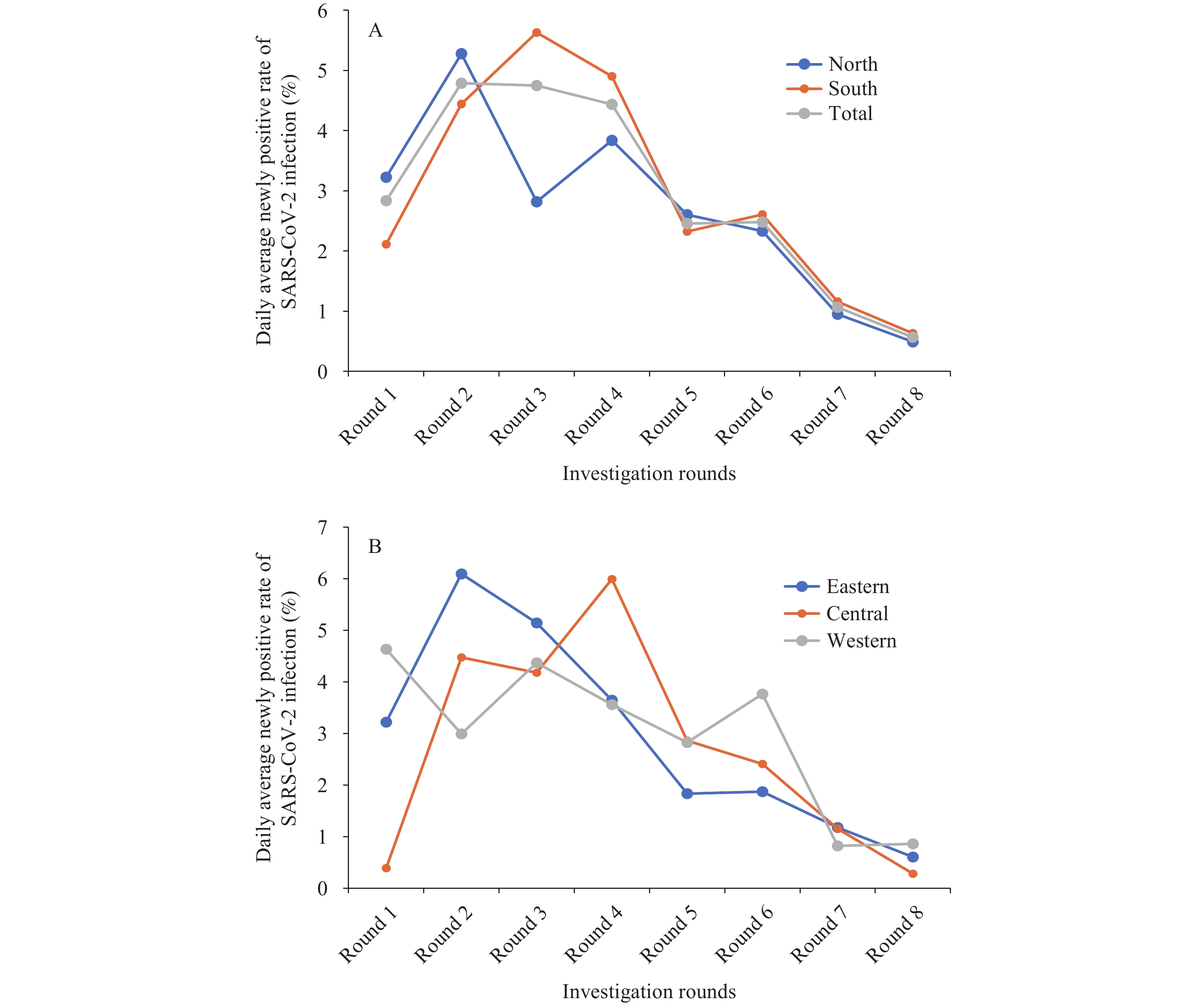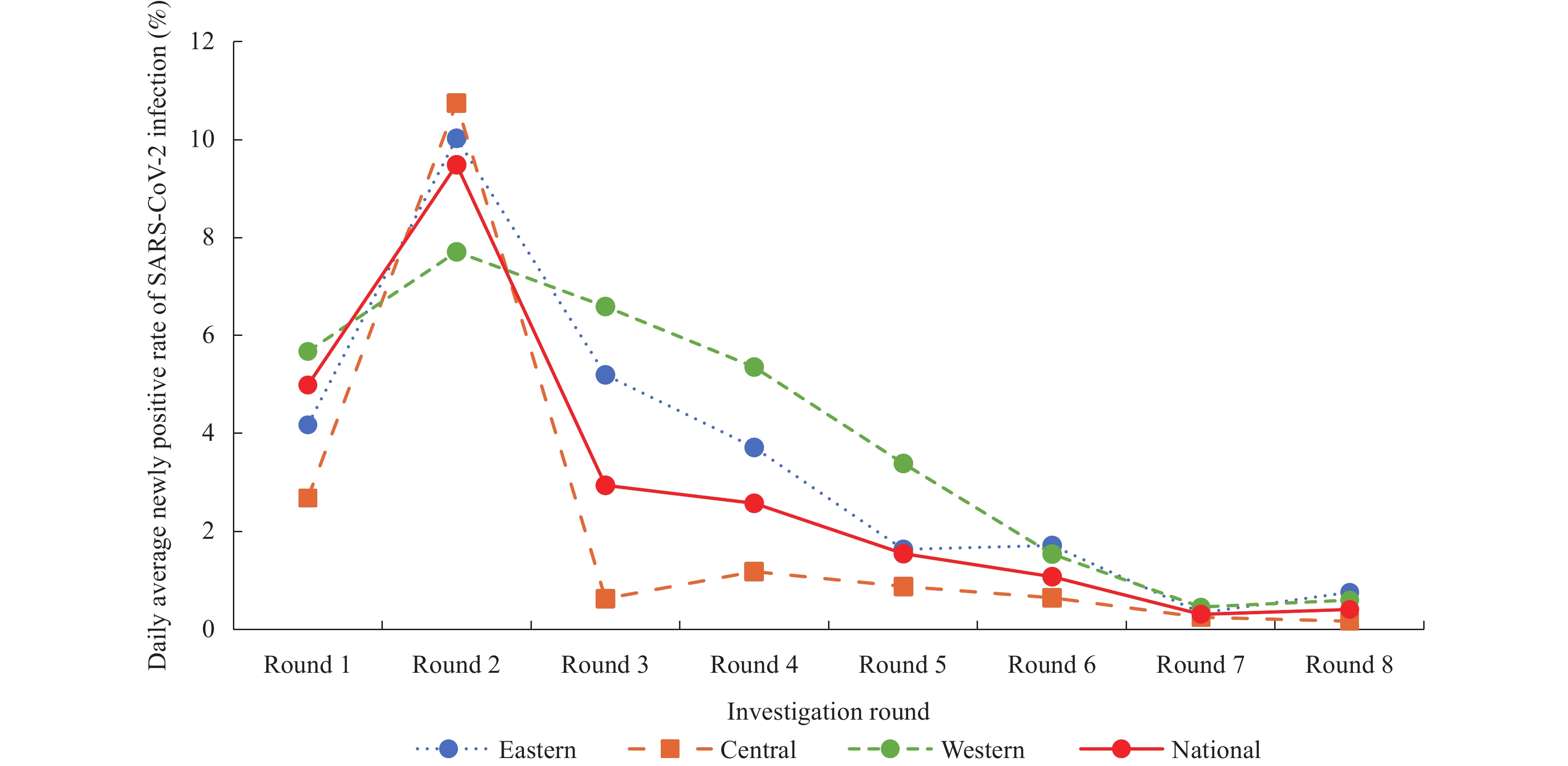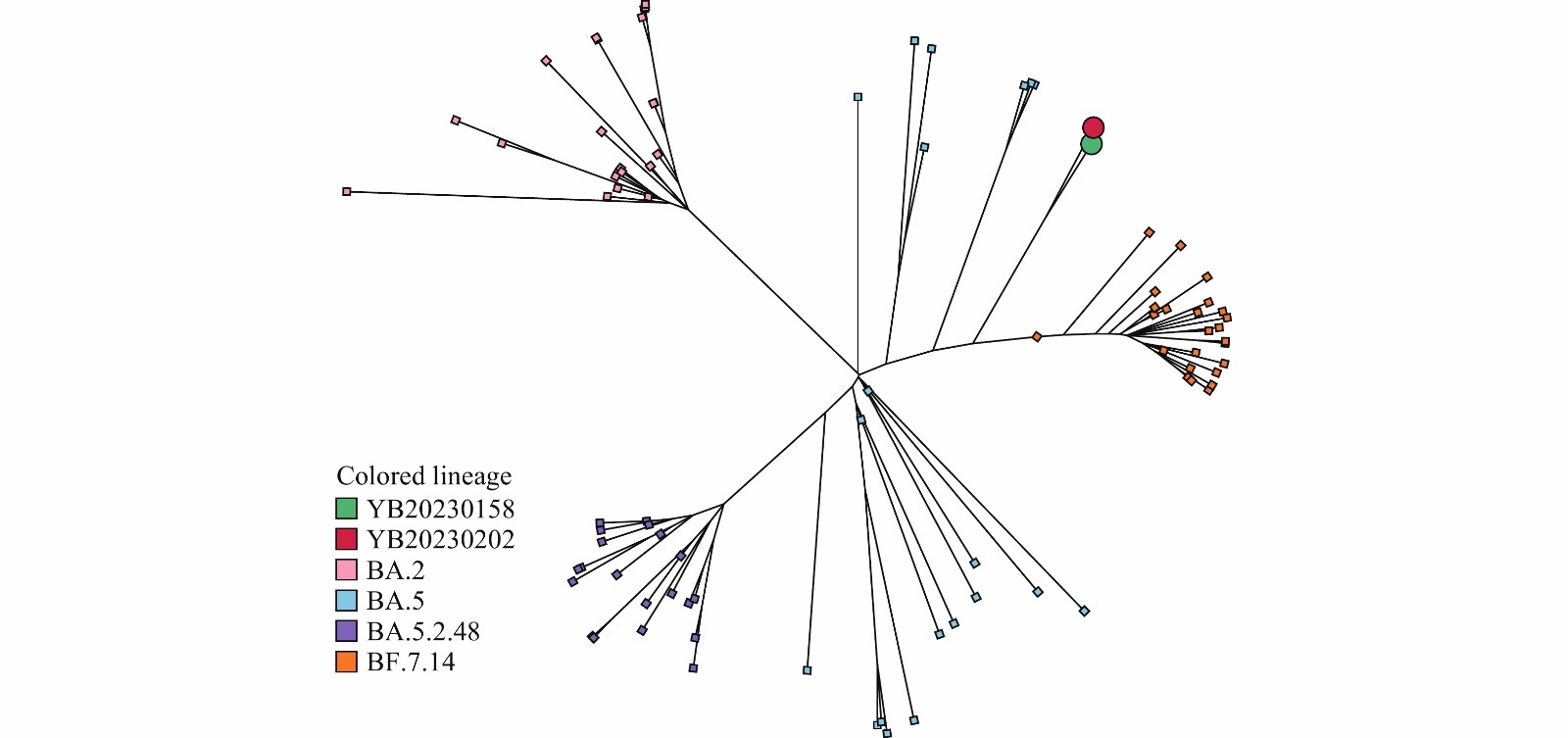2023 Vol. 5, No. 11
The psychological impact of the large-scale infection of the population resulting from the end of lockdown measures in China during the coronavirus disease 2019 (COVID-19) pandemic is unknown.
Among all participants, 55.7% had depression symptoms, with a significant difference between the infected and non-infected groups, and 30.1% had anxiety. Those who were young, unvaccinated, had lower incomes, and experienced chronic diseases were more likely to experience negative emotions.
Government officials should take into account the effect of policies on public sentiment during similar public health events and implement tailored community interventions to address any negative sentiment.
In late 2022, a rapid transmission of Omicron variants of severe acute respiratory syndrome coronavirus 2 (SARS-CoV-2) occurred throughout China. The purpose of this study was to provide the latest data and evaluate trends of SARS-CoV-2 infection in rural China among the community population.
Data on SARS-CoV-2 infection among approximately 90,000 participants in rural China were collected by the National Sentinel Community-Based Surveillance (NSCS) system. Participants were tested for SARS-CoV-2 infection (defined as positive for SARS-CoV-2 nucleic acid or antigen) twice weekly from December 16, 2022 to January 12, 2023. The daily average of newly positive rate and its estimated daily percentage change were calculated to describe the national and regional trends of SARS-CoV-2 infection in rural China.
In rural China, the daily average new positive rate of SARS-CoV-2 infection peaked at 4.79% between December 20–22, 2022 and then decreased to 0.57% between January 10–12, 2023, with an average decrease of 29.95% per round. The peak of new SARS-CoV-2 infection was slightly earlier and lower in North China (5.28% between December 20–22, 2022) than in South China (5.63% between December 23–26, 2022), and then converged from December 30, 2022 to January 2, 2023. The peak of 6.09% occurred between December 20–22, 2022 in eastern China, while the peak of 5.99% occurred later, between December 27–29, 2022, in central China.
Overall, the epidemic wave in rural China peaked between December 20–22, 2022, and passed quickly following the optimization of prevention and control measures. Currently, SARS-CoV-2 infection in community populations in rural China is sporadic.
On December 7, 2022, China implemented “Ten New Measures” to optimize prevention and control measures for coronavirus disease 2019 (COVID-19). The purpose of this study was to evaluate the national and regional trends of severe acute respiratory syndrome coronavirus 2 (SARS-CoV-2) infection among couriers in China from December 2022 to January 2023.
Data from the National Sentinel Community-based Surveillance in China was utilized, including participants from 31 provincial-level administrative divisions and Xinjiang Production and Construction Corps. Participants were tested for SARS-CoV-2 infection twice a week from December 16, 2022 to January 12, 2023. Infection was defined as a positive result for SARS-CoV-2 nucleic acid or antigen. The daily average newly positive rate of SARS-CoV-2 infection and the estimated daily percentage change (EDPC) were calculated.
In this cohort, 8 rounds of data were collected. The daily average newly positive rate of SARS-CoV-2 infection decreased from 4.99% in Round 1 to 0.41% in Round 8, with an EDPC of −33.0%. Similar trends of the positive rate were also observed in the eastern (EDPC: −27.7%), central (EDPC: −38.0%) and western regions (EDPC: −25.5%). Couriers and community population showed a similar temporal trend, with the peak daily average newly positive rate of couriers being higher than that of community population. After Round 2, the daily average newly positive rate of couriers decreased sharply, becoming lower than that of community population in the same period.
The peak of SARS-CoV-2 infection among couriers in China has passed. As couriers are a key population for SARS-CoV-2 infection, they should be monitored continuously.



 Subscribe for E-mail Alerts
Subscribe for E-mail Alerts CCDC Weekly RSS Feed
CCDC Weekly RSS Feed

